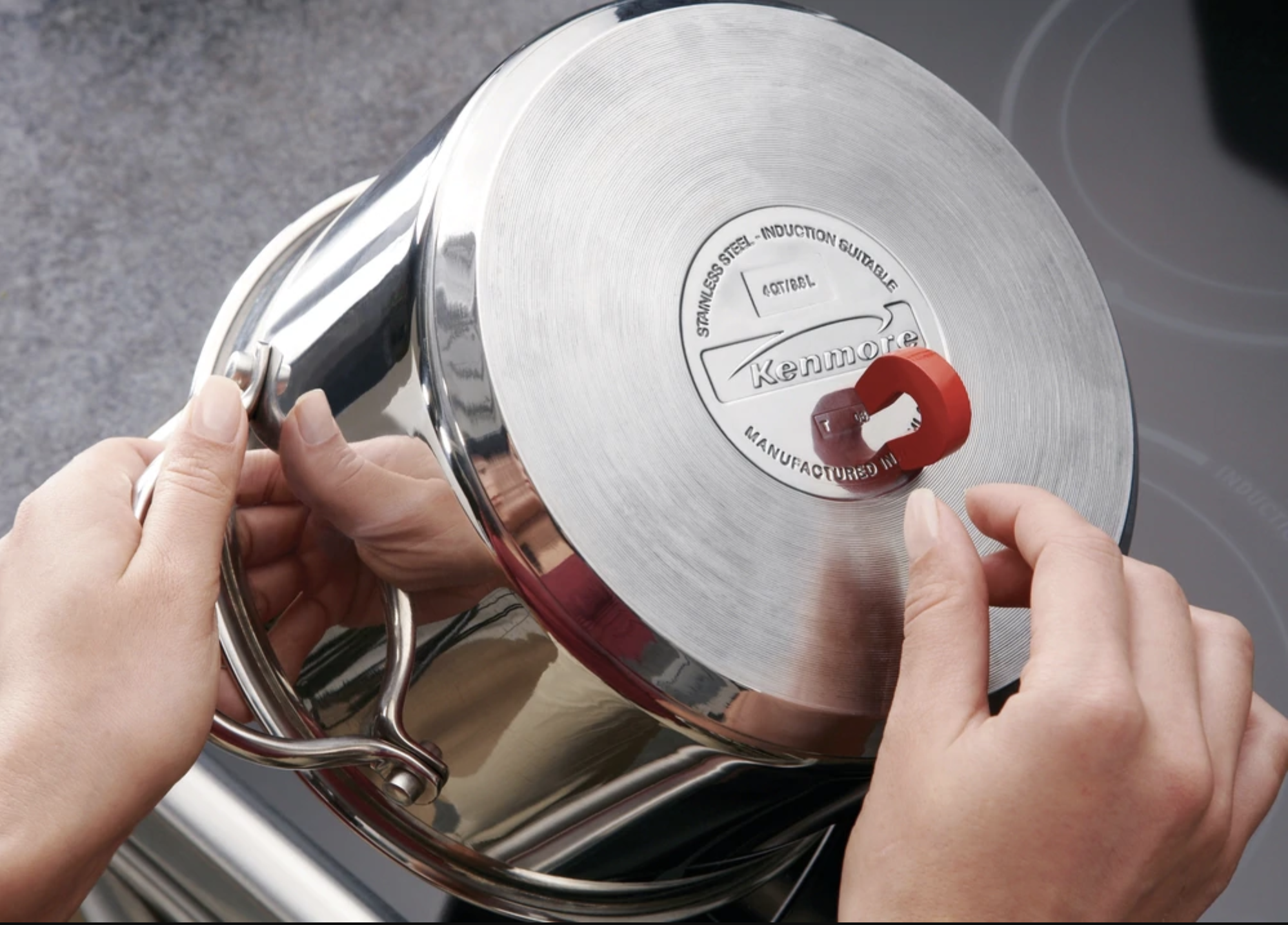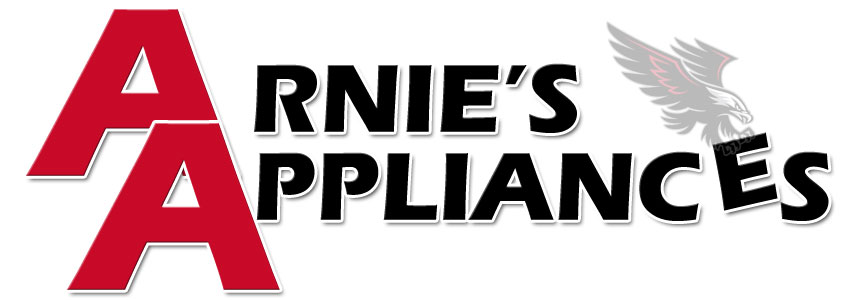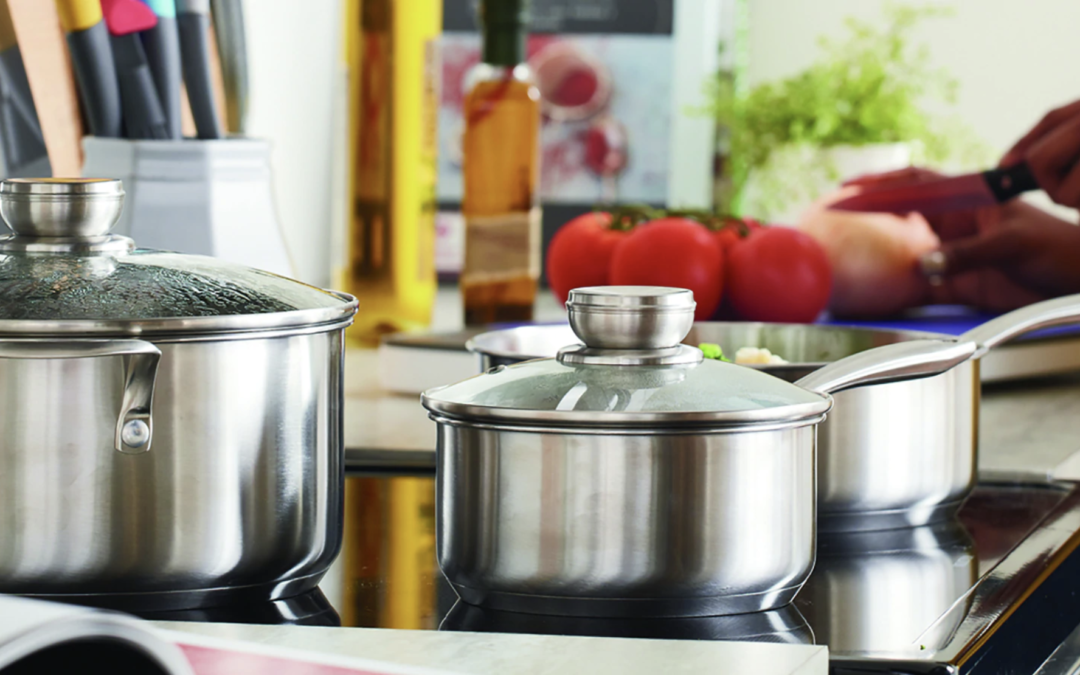What types of pots and pans are needed for an induction cooktop?
Whether you already own an induction cooktop or you’re wondering if it’s right for you, what you cook with is as important as how you cook it. The good news is, there’s a good chance you don’t even need to buy special induction cookware. Many of the pots and pans you already own are just waiting to get the call.
How do you know?
The induction magnet test
Induction cooktops use copper coils to generate heat from electric currents directly to your cookware. In order for the induction cooktop to work, pots and pans need to have a magnetic and flat bottom. So grab a pot. Hold a magnet to the bottom surface. Does it stick firmly? You’ve got induction cookware.

TIP: The magnet didn’t stick? No need to worry. Head over to Frigidaire.com to shop our induction-ready pots and pans.
What makes induction cookware work?
Below each cooking zone on an induction cooktop is a copper coil. When a cooking zone is turned on, the electricity turns the copper coil into a type of magnet that heats the cookware directly. With Auto Sizing™ pan detection, induction places heat right where you need it by automatically adjusting to the size of your cookware. The surface stays cooler, and you can start cleaning just minutes after you’re done cooking.
What about stainless steel, cast iron or porcelain enamel?
Passing the magnet test is an easy indicator that you have induction-ready cookware, but you may be worried about damaging your cooktop or pots and pans. While induction cooking is gentle on your pots and pans, your cookware must contain magnetic iron or steel to work on an induction cooktop. Follow our guide below for the most common compatible materials:
- Stainless Steel – Durable and easy to clean, stainless steel pots and pans are a great choice for induction cooking, however cooking results can sometimes be uneven. Not all stainless steel is magnetic so you will want to perform the magnet test to be sure.
- Cast Iron – Cast iron is a slow heat conductor that retains heat very well, allowing for even cooking once the cooking temperature is reached. However, avoid cast iron pots and pans with a rough surface to prevent your cooktop from being scratched.
- Porcelain Enamel on Metal – Strong and durable, porcelain enamel cookware will work on an induction cooktop as long as the base material of the cookware is magnetic metal. This cookware is made up of metal that’s coated with a type of glass called porcelain enamel, so the heating characteristics will vary depending on the base material. Be sure to use the magnet test to check that they’re induction compatible.
TIP: Before using your induction cooktop for the first time, apply a ceramic cooktop cleaning cream to the surface to protect it from scratches and make it even easier to clean in the future.
Choosing the best induction cookware
The best induction cookware is most likely the cookware you already own! Beyond the necessity of ensuring any new cookware is induction-ready, consider these tips when adding to your cookware collection:
- Induction heats the pot and not the cooktop surface. Choose wide, flat bottoms to easily distribute the heat. Check for flatness by rotating a ruler across the bottom of the cookware.
- Induction cooking can involve some vibration which is perfectly normal. Heavier, sturdier lids can be quieter and stay on better at high power than lighter ones.
- To manage any vibration, well-attached, durable handles can reduce the risk of noise at higher power.
For the best cooking results, use high-quality heavy gauge cookware on the induction cooking zones.
Cooking with induction power levels
Cooking with induction power levels is slightly different than cooking with Hi-Med-Lo settings, but we’ve got you covered. Here’s a quick induction cheat sheet to help you choose the right power levels for some breakfast, lunch and dinner basics.
- Melt Chocolate – Power Level: L
- Simmer Spaghetti Sauce – Power Level: 3–4
- Cook Pancakes – Power Level: 5-6
- Pan-sear Chicken – Power Level: 7–8
- Seared Steak – Power Level: 9–H
- Boil Water – Power Level: P
It’s never been easier to get all the great benefits of induction cooking and using the proper cookware is the first step. The time you save with faster heating and consistent temperatures is just the beginning of how induction can revolutionize the way you cook.

